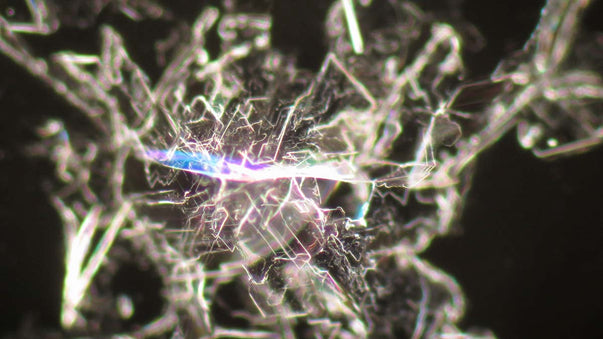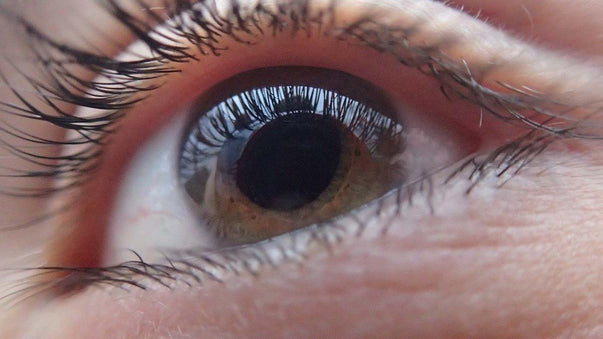The Hannum Epigenetic Clock Measures Biomarkers of Aging

Epigenetic clocks, like the Horvath aging clock described in a previous post, capture aging processes at the molecular level.
"It's well known that people age at different rates," said ophthalmologist and geneticist Kang Zhang in a 2012 press release issued by UC San Diego. "Some people in their 70s look like they're in their 50s, while others in their 50s look like they're in their 70s."
The press release describes and comments upon the results of a study published in Molecular Cell. In the study, researchers led by Zhang and bioengineer Trey Ideker described biomarkers of aging and developed a model to quantify how aging occurs at the level of genes and molecules. This not only provides a more precise way to determine how old someone is, but could also permit doctors to anticipate or treat ailments and diseases that come with the passage of time.
When we become older, a recent article published by the Simons Foundation explains, the activity of our genes becomes less tightly regulated than in our youth. This is due to a vast reshuffling of gene-regulating markers on our DNA.
“This change involves small chemical tags known as DNA methylation marks, which are distributed by the millions throughout our genome and often silence gene expression. They are one form of the heritable changes, known as epigenetic modifications, that determine how cells use their genes.”
The scientists led by Zhang and Ideker found that an individual's "methylome" (the entire set of human methylation markers and changes across a whole genome) predictably varies over time. And this provides a way to determine a person's actual biological age from just a blood sample.
"It's the majority of the methylome that accurately predicts age, not just a few key genes," said Ideker. "The methylation state decays over time along the entire genome. You look in the body, into the cells, of young people and methylation occurs very distinctly in some spots and not in others. It's very structured. Over time, though, methylation sites get fuzzier; the boundaries blur."
At the molecular level of the methylome, individual bodies age at varying rates. And even within the same body, different organs age differently. Moreover, cancer cells age differently than their surrounding normal cells. The findings have broad practical implications and “potentially huge medical import.”
The researchers built a quantitative model of aging using data from hundreds of people all over the age spectrum. And they selected a set of 71 methylation markers that are highly predictive of age.
This aging clock is often referred to as the Hannum epigenetic clock. Gregory Hannum, the first author of the study, is the researcher who found that the strong correlation with age overshadowed other associations in the data.
“[Hannum] says, ‘Guys, I just can’t find any cancer signal. You know why? Because that damn age is such a pesky covariant. So many of the methylation marks just track age, and I can’t get rid of that signal,’” Ideker reported. “There was a pause, and we said, ‘You know, that’s interesting.’”
The Horvath clock, based on a similar strategy, was developed soon after. Many studies have used the Hannum and Horvath clocks to establish links between accelerated epigenetic aging and conditions from heart disease and cancer to depression, Alzheimer’s disease, chronic pain, and cognitive functioning decline.
More Articles
Read more articles at Thrivous, the human enhancement company. You can browse recent articles in Thrivous Views. See other Aging Clock articles. Or check out an article below.
-
Are Amino Acid Derivatives the Precursors of Life?
Researchers at Hiroshima University have suggested a link between chemistry and life. And they've built a prebiotic chemical precursor of ...
-
Brain Implant Enables Artificial Vision for Blind Woman
Researchers at University Miguel Hernández, Netherlands Institute of Neuroscience, and University of Utah (USA), have enabled a blind woman to ...


